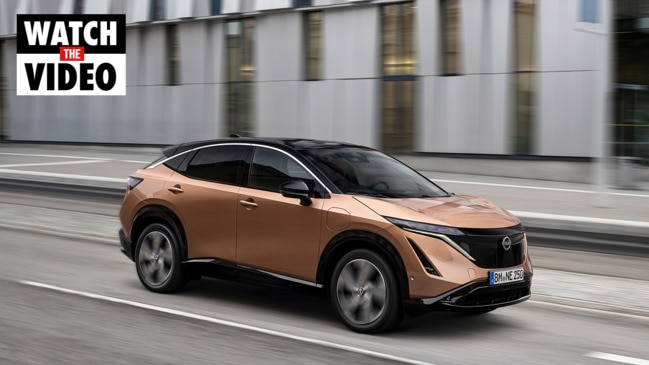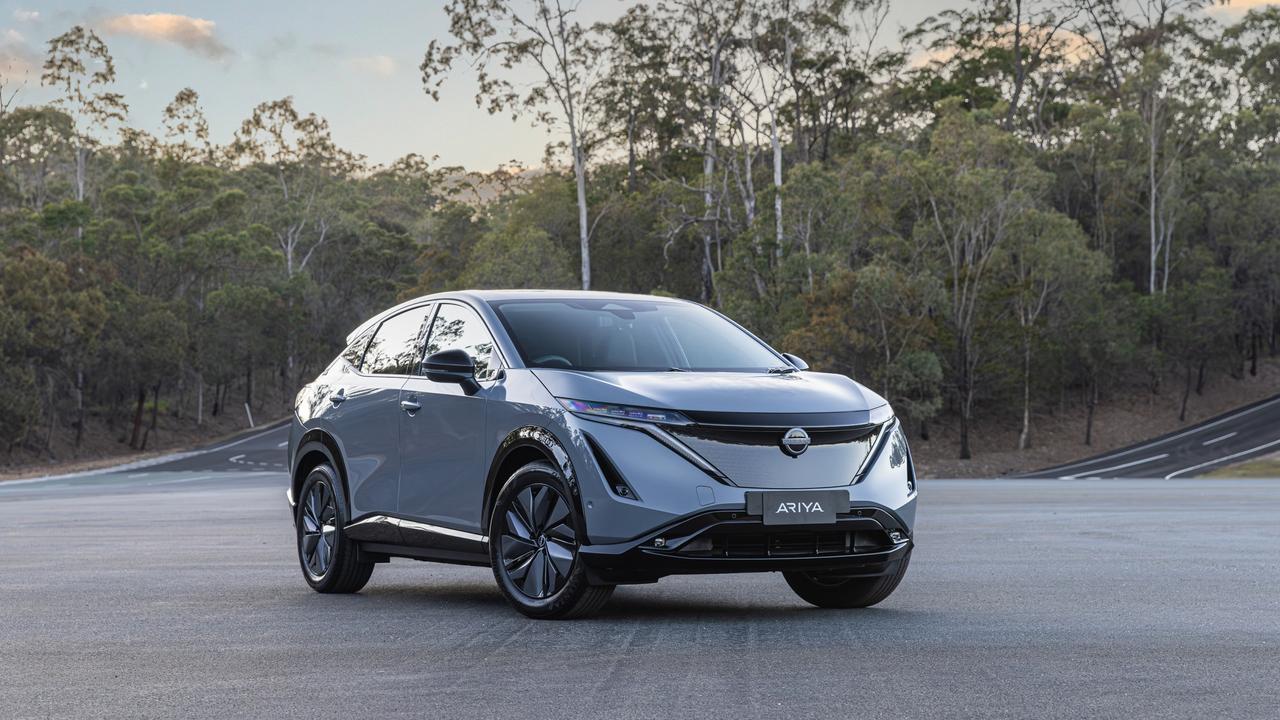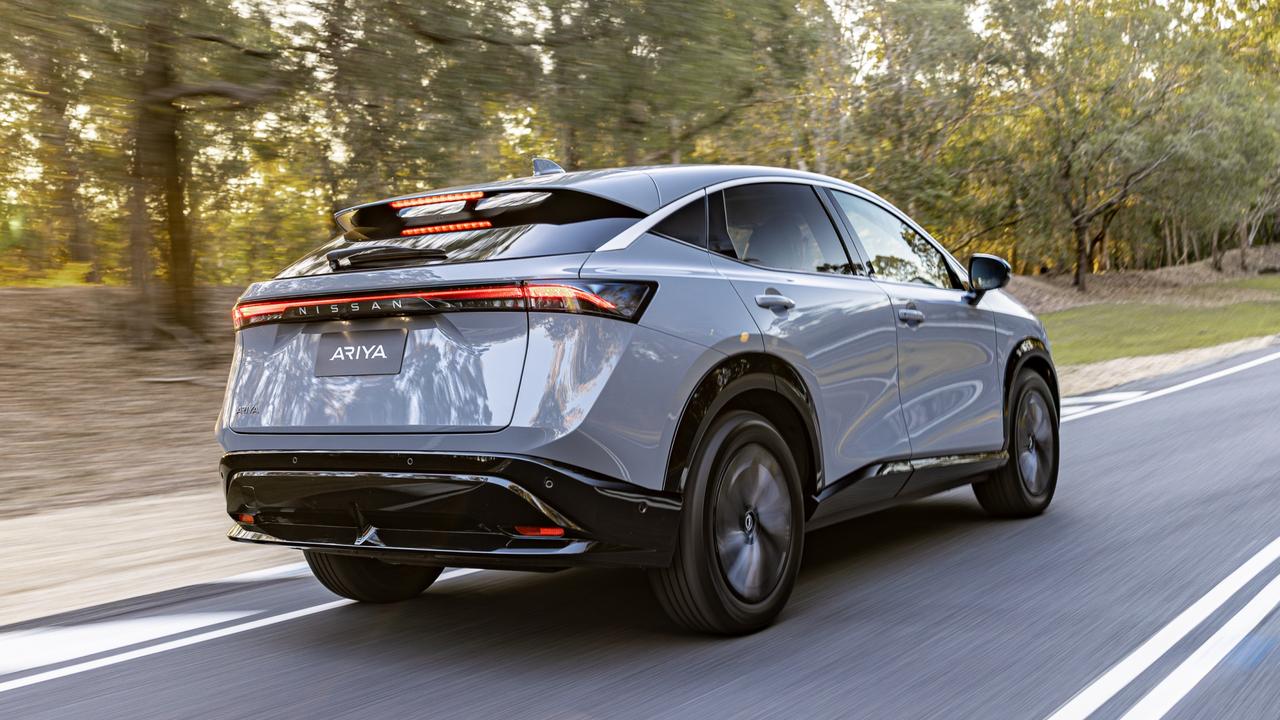Nissan Ariya held up by government red tape
New proposed vehicle emissions standards are designed to encourage manufacturers to bring in new EV models, but compliance issues are stalling growth.

The Federal Government is demanding car makers launch electric cars but its own red tape is holding up the entry of important new EVs from big-name brands.
Nissan’s Ariya electric SUV has been waiting in the wings and ready to launch in Australia for some time but it has fallen foul of an Australia-specific design rule.
This means the Ariya can’t be sold in Australia despite being cleared for the US and European markets.

Nissan Australia boss Adam Paterson confirmed that specific Australian Design Rules (ADRs) were behind the delay in launching the Ariya, which was originally expected Down Under in 2023.
“Adding any uniqueness or complexity to a product adds specific design requirements, which adds time, which adds certification etc,” said Paterson.
Paterson is seeking approval from the government to allow low emissions vehicles approved for sale overseas to be allowed into Australia even if they don’t meet ADRs.
“If those overseas type approvals were accepted those extended timelines would go away.”
The issue holding up the Ariya is believed to be a top centre tether point for a child seat in the second row.

This requirement is unique to Australia and not necessary around the world.
Paterson said this would “absolutely” make the vehicle more expensive for Australians.
“There are specific engineering requirements for this market, which come at a cost and therefore those are built into the price of any vehicle on sale in our market,” he said.
The ADR requiring top centre tether points for child seats is not new and all other Nissan vehicles on sale meet the standards.

Paterson said that if the government didn’t allow the Ariya into Australia it would fix the issue but it appears the brand would prefer to save costs and not comply.
“It’s the same situation as with any car in our portfolio. We will meet ADR requirements in order to market the car or sell the vehicle here,” he said. “So we just have to go through those processes to ensure that we can deliver upon the requirements of the local market.”
Nissan could not give an update on when the Ariya would be sold in Australia.
Tesla had to recently stop deliveries of its updated Model 3 sedan after it didn’t meet the ADR for the top-centre tether point. It has since fixed the issue and vehicles have started to be delivered.

Chinese electric car maker BYD also fell foul of the same ADR when it first launched the Atto 3 small car.
The issue was promptly rectified and sales commenced soon after.
The Ariya is expected to come with two- or all-wheel drive.
Front wheel drive versions will use a single 160kW electric motor and a 63kWh battery pack delivering a driving range of about 403km.
Other versions have a larger 87kWh battery pack. The one with a single 178kW electric motor is the range champion. It can cover 533km before needing a recharge.
Topping the Ariya range is a high-performance 225kW dual-motor all-wheel-drive model. Its official driving range is exactly 500km and it’s rated to tow up to 1500kg.
Currently Nissan has just the ageing Leaf hatchback in its electric car portfolio.




